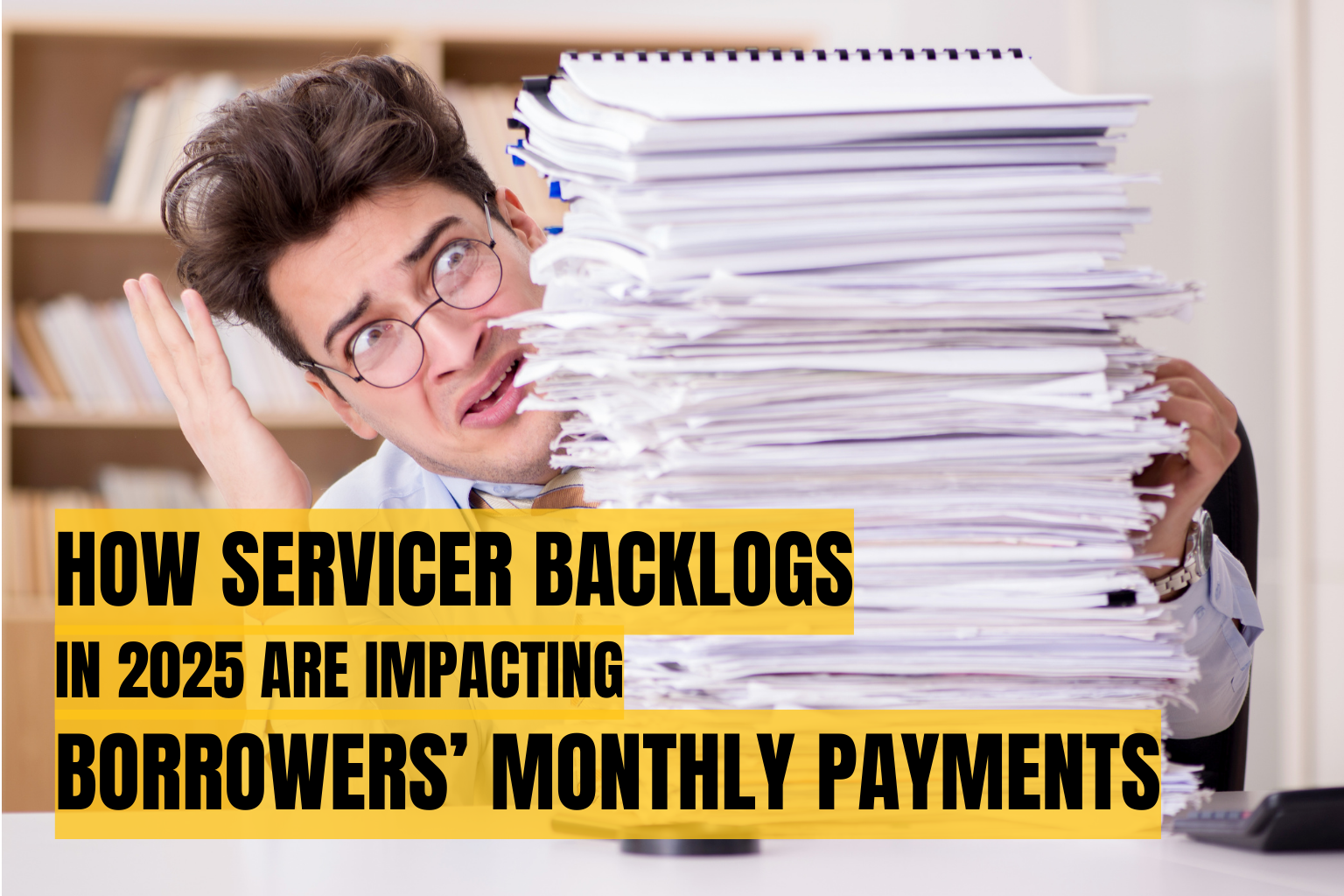Refinancing your student loans is pushed everywhere. Why is this and who is it actually right for?

You’ve spent time researching how to best repay your federal student loans online. And you’ve probably noticed that you’re often advised and given offers to refinance at a lower interest rate.
But is getting a lower interest rate actually the best financial move for you and most people? The simple answer is NO.
We’re going to expose an ugly truth. In doing so you will understand why refinance is pushed everywhere and why it’s likely not the best option for you.
The reason you see so many “so called experts” pushing refinancing is because it's good business (for them). Their commissions are high (often around $500 per refinance) and the workload is very low, basically automatic.
Pushing refinancing is an easy and profitable business.
Having analyzed all potential repayment strategies for thousands of clients (of which refinancing is one of several strategies we compare side by side) there is only a very small and specific demographic that this strategy actually makes sense for.
High loan balance (~$200k+) plus very high & stable income (~$300k+ before taxes).
I’ll explain.
Let’s say someone is in a situation where they can afford to throw $30k a year at a $250k student loan debt. With a good refinance offering a 3.5% interest rate, they’ll pay their loans off in about 10 years for a total cost of about $300k.
But let’s say another person with $250k of student loan debt does not have the high consistent income to support a large monthly payment.
Their income and household size qualifies them for a monthly payment of $150 (but many working professionals can maintain a zero dollar payment ongoing for the life of their loan). After 25 years of IDR payments they’ll spend a total of $45,000 on payments. At that time they’ll have a total ending balance of $415,000, which will be forgiven under Income Driven Repayment law.
This amount will be treated like earned income and taxed accordingly. So they will have an estimated tax bill of $153,550 (assuming the current top income tax tier of 37%). Which means the total cost of repaying their loans with this strategy will be $198,550. (25 years of $150/month payments plus the tax bill on the forgiven balance).
That’s significantly less than the $300k spent from the refinancing scenario. About $100k less expensive and with a much lower monthly payment ($150/month vs. $2500/month). For the average borrower a monthly cashflow savings of $2,350 would make a tremendous difference in their lives. Allowing them to prioritize paying off other high interest debts, or building their business or retirement portfolios.
In summary, everyone is bombarded with advice and offers for refinance because it’s a great business. But it’s only an optimal solution for high balance, consistently high income individuals.
And now you’ve seen the math that explains why.
If you’re still considering a refinance or would like to have an expert show you the cost of all possible repayment options, then we’d love to speak with you.
You can schedule a free evaluation to speak to one of our professionals, ask any questions you have and find out if our services are likely to be a good fit. For a small deposit of $150 we can schedule an initial planning call. On this call one of our Tutors will compare all of your repayment options, identify the least expensive route, and answer any questions you may have.
From there if you decide to become a full service client, we handle all of the annual income certification paperwork and servicer follow up for you. So all that’s involved is a quick call each year with our professionals and the rest of the time you can rest assured everything is in good hands.
If you think refinance is the right strategy for you, I urge you to speak to one of our Tutors or a bona fide student loan law expert before you make that decision. This will ensure you understand all of your repayment options.
So that if you decide on a refinance you know it’s the best option, and one you won’t regret down the road. (Once you refinance you’ll lose the ability to make use of the federal repayment programs.)
If refinance is the strategy you choose, we can guide you to a reputable refinancing company.
When choosing a refinance, the interest rate is number one, but there are other important factors. Like a “death discharge policy” (so that the loans don’t transfer to your family in the event of death. There are nightmare stories of this happening from predatory refinance companies.)
So schedule a free evaluation with us today and let us help you find the most optimal repayment strategy. A ten minute phone call could put you on the path to save $100,000 or more on your student loans.
Michael Cundick,
CEO, Student Loan Tutor
Looking for more information about how to navigate the terrain of student loans? Check out more of our most recent blog posts.

December 23, 2025
As college costs continue to rise, many families turn to parent student loans to help cover the gap, but recent federal student loan reforms make it more important than ever for parents to understand their options. This guide breaks down what every parent borrower needs to know about Parent PLUS loans, repayment and forgiveness programs, and the critical 2026 changes that could permanently impact eligibility for income-driven repayment and loan forgiveness.

December 15, 2025
2025 is unusually confusing for student loan borrowers because multiple major policy changes, returned interest, revamped repayment plans, renewed collections, and overlapping deadlines, are all happening at once. Borrowers must review their loan details, prepare for higher payments, and stay alert to shifting rules to avoid financial setbacks...

December 8, 2025
Servicer backlogs in 2025 are causing delayed repayment-plan updates, incorrect monthly bills, and slower progress toward forgiveness, leaving many borrowers with higher or unpredictable payment amounts. Student Loan Tutor helps borrowers navigate these delays by providing expert guidance, accurate plan preparation, and ongoing support to keep repayment on track...